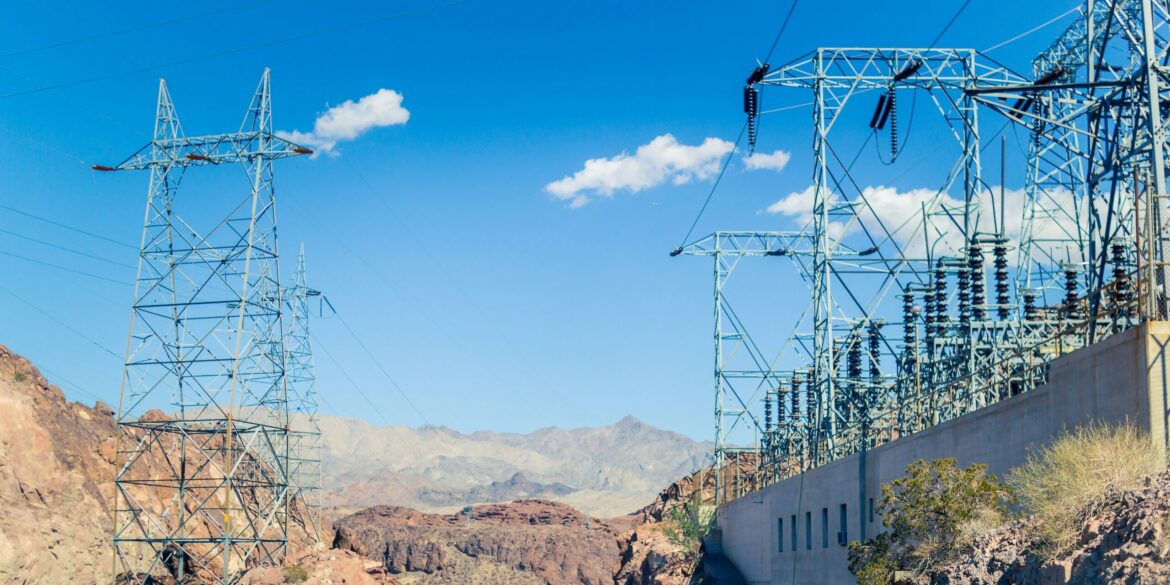The U.S. energy storage market has been experiencing impressive growth, with projections indicating that installations will reach a record 16.2 gigawatts (GW) in 2025. This surge is driven by a combination of increasing demand for electricity and falling battery prices, which have made energy storage systems more cost-effective. Energy storage has become a key enabler in the shift toward renewable energy, particularly in addressing the intermittency challenges of solar and wind power. With storage technology able to store excess energy generated during peak periods and release it during high-demand times, it plays an essential role in modernizing the U.S. power grid.
However, the outlook for continued growth in the energy storage sector faces significant obstacles, particularly due to a series of policy changes introduced under the Trump administration’s “One Big Beautiful Bill Act.” This new legislation, which seeks to reshape various sectors of the economy, includes measures that may slow the progress made in energy storage installation and expansion.
One of the primary provisions of the new act involves stricter tax credit regulations. For years, tax incentives have been a driving force behind the rapid expansion of renewable energy technologies, including energy storage systems. These incentives have allowed companies to reduce upfront costs and secure financing for large-scale storage projects. The new tax credit regulations, however, could make it more difficult for companies to claim these benefits, ultimately reducing the financial incentives for investing in energy storage.
Read Also: https://republicandigest.com/senate-republicans-advocate-for-boost-in-military-readiness-funding/
Another provision of the act focuses on increasing the requirement for U.S. material sourcing. While the intention is to strengthen domestic supply chains and reduce reliance on foreign imports, it could have unintended consequences for the energy storage sector. Many of the materials required for batteries and energy storage systems, such as lithium, cobalt, and nickel, are currently sourced from international markets, particularly China. Requiring U.S.-made materials could increase production costs and lead to delays in securing the necessary resources for energy storage projects. This shift could exacerbate existing supply chain issues and raise the costs of energy storage technology, potentially making it less affordable for consumers and businesses.
In addition to these policy shifts, rising U.S.-China trade tensions present another major hurdle for the energy storage industry. As the U.S. continues to confront China over trade imbalances and national security concerns, tariffs on Chinese imports have increased, particularly on raw materials used in energy storage systems. These trade tensions have already caused disruptions in the supply chain for critical materials and components, and further escalation could hinder the ability of energy storage companies to procure essential items. The added costs and delays could slow the pace of deployment, making it harder for the U.S. to meet its ambitious clean energy goals.
Furthermore, the growing federal oversight of permitting processes could introduce additional hurdles. While increased scrutiny on infrastructure projects is intended to ensure that they meet national security and environmental standards, it could also slow the approval process for new energy storage projects. The U.S. Energy Department and other regulatory bodies have begun implementing more rigorous review procedures, which could result in project delays and added costs. Given the urgency of transitioning to renewable energy and expanding storage capacity, critics argue that these delays could hamper efforts to address climate change and limit the effectiveness of clean energy technologies.
As a result of these compounding challenges, analysts forecast that the U.S. will experience a slowdown in energy storage deployments after 2025. Between 2025 and 2029, the nation could see a reduction of up to 16.5 GW in projected energy storage capacity. This decrease would significantly impact the energy transition, as energy storage systems are integral to maintaining grid stability while integrating increasing amounts of renewable energy. Without sufficient storage capacity, the grid may struggle to balance supply and demand, particularly during periods of low renewable generation or high electricity consumption.
This potential decline in energy storage deployment highlights the delicate balance that policymakers must strike between fostering domestic manufacturing, encouraging innovation, and ensuring that the energy transition remains on track. Energy storage is considered one of the most critical components of a sustainable, low-carbon future, and any setbacks in its deployment could delay or diminish the benefits of renewable energy technologies.
Industry leaders are urging lawmakers to reconsider some of the provisions in the “One Big Beautiful Bill Act” that could stifle the growth of energy storage. In particular, they are calling for modifications to tax credit regulations and material sourcing requirements to ensure that energy storage projects remain financially viable. Additionally, stakeholders are advocating for smoother permitting processes that would allow energy storage projects to be deployed more quickly and efficiently.
As the U.S. continues to transition to cleaner energy sources, it will be essential for the government to create policies that balance environmental goals with economic and technological realities. The energy storage sector remains a critical pillar of this transition, and its future depends on maintaining a favorable policy environment that encourages innovation, investment, and growth. If the challenges presented by these new regulations are not addressed, the U.S. could find itself struggling to meet its energy storage needs, slowing progress on the path to a greener, more sustainable energy future.

